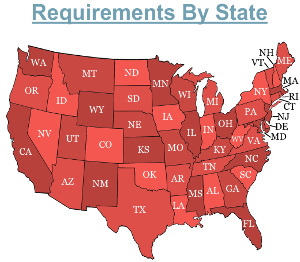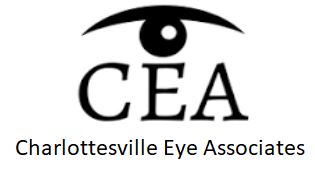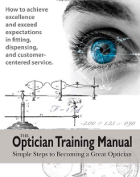Opticianry is a unique industry because its products correct vision and act as a fashion accessory. Millions of people purchase eye wear each and every year to complement their taste in style and to see better. The appeal of fashionable eye wear has created an industry that experiences tremendous strength and healthy amounts of growth. With very high demand comes the need for skilled opticians. For this reason, opticians enjoy high levels of personal and financial satisfaction.
Labor Statistics:
According to the Bureau of Labor Statistics, optician employment is expected to grow by 29 percent from 2010 to 2020. This rate of growth is much higher than the average for other occupations. There are a couple reasons for this impressive projection. First, the population is experiencing a large increase in the number of older individuals. As people age, their need for eyecare products and services increases. This leads to greater demand for the specialized skills that opticianry provides. Second, fashion influences and a greater awareness of the need for eye exams have begun to have more influence on consumer purchasing decisions.
Work Environment:
Opticians work in a wide variety of settings including optical retail stores, group medical practices, optometry offices, and ophthalmology clinics. With more and more of these establishments offering eyeglasses and contact lenses to their customers, opticianry stands to benefit tremendously. Owners of these types of businesses have begun hiring more opticians to support the growing demand for eyewear. Opticians who have received credentialing by the American Board of Opticianry are in particularly high demand. This is due to the fact that credentialed opticians have more comprehensive training and have more rapport with customers.
Salary:
The average pay for an optician is generally around $35,000 per year. Salaries often vary depending on training, experience, and credentials. Other factors that might influence how much an optician makes include geographic location, size of the business for which they work, the number of customers that are handled each day, bonus structures, and incentive plans. Some opticians make in excess of $50,000 per year and receive generous benefits. This all depends on the particular circumstances of each individual optician. Opticians may be expected to work evenings, weekends, and holidays depending again on where they work.
The training, education, and certification needed to enter opticianry can be acquired from other opticians or by the completion of a degree program or an apprenticeship. States differ in the requirements that they adopt and it is recommended that visitors become familiar with the laws in their area. Unregulated states allow employers to set their own expectations. In these states, the optical employer will usually offer in-house training. All opticians are encouraged to voluntarily complete the ABO Exam and the NCLE Exam.















Please Leave Your Comment Below.